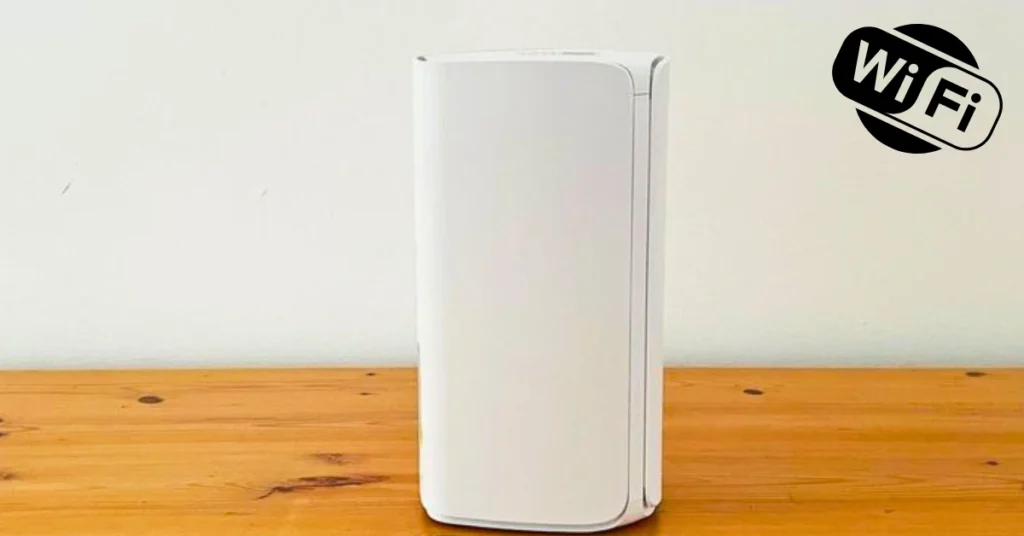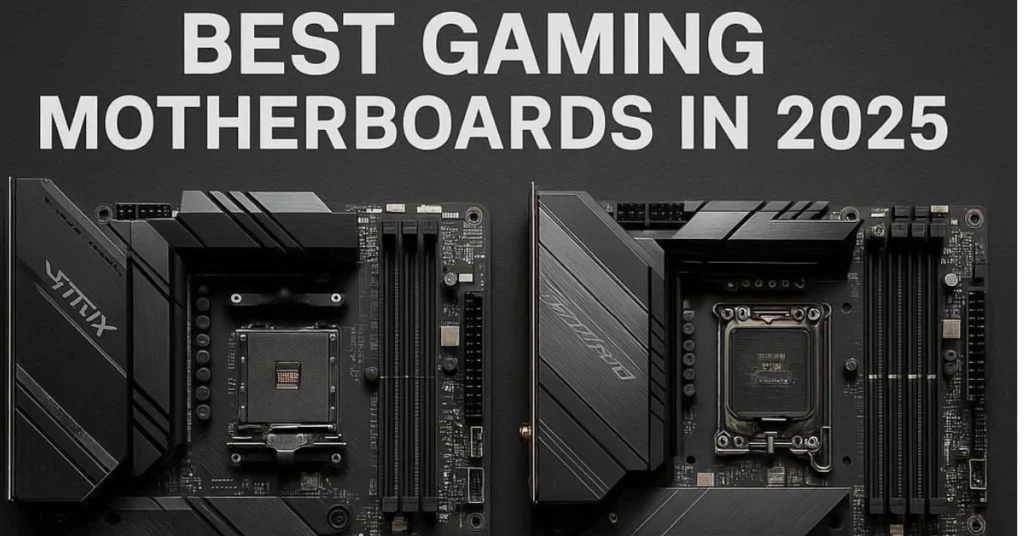In today’s connected homes, one weak WiFi corner or dropped stream can be maddening. For many, mesh systems have proven the best way to fill those gaps. But with the leap to Wi-Fi 7, high performance often comes with a high cost. That’s where Netgear’s Wi-Fi 7 mesh system seeks to disrupt the status quo: by delivering affordable performance without compromising key next-gen features. In this article, we’ll explore what makes Netgear’s Wi-Fi 7 mesh offering compelling, how it stacks up to alternatives, and whether it’s truly worth your upgrade dollars.
What Is the Netgear Wi-Fi 7 Mesh System?
When people say Netgear Wi-Fi 7 mesh, a few products typically come to mind. Netgear recently introduced the Orbi 370 Series, which is being marketed as its most affordable Wi-Fi 7 mesh system yet.
Orbi 370 | The Entry-Level Wi-Fi 7 Mesh Option
The Orbi 370 is a dual-band mesh kit (2.4 GHz + 5 GHz) that supports Wi-Fi 7 features such as Multi-Link Operation (MLO) and offers up to 5 Gbps theoretical speeds. Coverage claims hit 6,000 square feet for a 3-pack configuration. It also includes integrated 2.5 Gbps Ethernet ports on both router and satellites.
By paring down from tri-band down to dual-band, Netgear reduces cost and complexity, making Wi-Fi 7 more accessible to mainstream users.
Why Affordable Performance Matters in a Wi-Fi 7 Mesh
Wi-Fi 7 brings several technical enhancements—like broader 320 MHz channels, higher modulation (4K-QAM), lower latency, and MLO. But many early adopters have to pay a premium for tri- or quad-band hardware. The Netgear Wi-Fi 7 mesh system seeks a balance offering enough spec headroom to exploit Wi-Fi 7 benefits while staying price-conscious.
Key Terms to Know
- Multi-Link Operation (MLO): Allows devices to use multiple bands simultaneously for better throughput and reliability.
- Dual-Band vs Tri/Quad-Band Mesh: Dual-band systems (like Orbi 370) often sacrifice a dedicated backhaul band; tri- or quad-band designs leave one band strictly for node-to-node communications.
- Backhaul (Wireless & Wired): The link between the main router and satellite units; wired backhaul often yields better performance in dense homes or challenging layouts.
Netgear’s approach support MLO, increase wired capability (2.5GbE), and let users decide whether to backhaul via wire or rely on wireless links.
Performance in the Real World
Speed & Throughput
While the Orbi 370’s 5 Gbps spec is enticing, real-life performance depends on many factors:
- Signal loss through walls, interference, and distance can cut ideal speeds by half or more.
- External wired links (2.5 Gbps Ethernet) help maintain steadier throughput, especially for gaming consoles or PCs near satellite units.
- On dual-band mesh systems, using the same band for backhaul and client connections can lead to “band-sharing” penalties under load.
Still, tests and early user reports suggest Orbi 370 holds solid value for mid-tier net speeds (e.g. gigabit-class connections).
Coverage & Mesh Behavior
Netgear claims a 3-pack Orbi 370 can cover up to 6,000 sq ft. That’s optimistic, but likely feasible in favorable layouts without too many obstructions.
For multi-level or dense-wall homes, performance may vary. Some users recommend placing satellites in corridor nodes or leveraging wired backhaul for consistency. The advantage of a mesh system: nodes can hand off clients as they roam, reducing “dead zone” issues.
Strengths & Limitations of Netgear’s Wi-Fi 7 Mesh Approach
- Lower entry cost for Wi-Fi 7 mesh: Netgear’s Orbi 370 positions itself as the “affordable” entry into advanced mesh territory.
- 2.5 Gbps Ethernet per node: Lets you offload heavy devices onto wired links to reduce wireless strain.
- MLO support for future-proofing: Even though dual-band, MLO helps mitigate congestion in mixed-device environments.
- Backward compatibility: Works with Wi-Fi 4/5/6/6E devices, so many existing gadgets remain usable.
- Strong software & security ecosystem: Netgear’s Orbi mesh systems benefit from features like Netgear Armor, auto firmware updates, and management via the Orbi app.
Limitations & Trade-Offs
- Dual-band trade-offs: Without a dedicated third band, contention between client devices and backhaul is more likely under heavy load.
- 5 GHz + 6 GHz only (no 6 GHz for Orbi 370): This mesh omits the 6 GHz band, limiting full Wi-Fi 7 potential for devices that support it.
- Performance caps for ultra-heavy users: If you’re pushing multi-gig transfers between devices (e.g. NAS, local file copies), the dual-band backhaul may bottleneck.
- Higher-tier systems still lag in specs: While Orbi 370 is “affordable,” it can’t compete with Orbi 770 or 970 class mesh systems in features or pure throughput.
- Device support is limited: To extract full benefits, connected devices (phones, PCs, consoles) must support newer Wi-Fi 7 features like MLO.
How It Compares to Other Netgear & Market Options
Netgear’s Own Higher-End Options
- Orbi 770 Series: A tri-band Wi-Fi 7 mesh system praised for strong performance, though still pricey.
- Orbi 970 Series: Quad-band flagship mesh with 27 Gbps claims and high-end coverage.
- Nighthawk RS-series routers: Standalone Wi-Fi 7 routers like RS700S, RS600, RS300 etc. can be used in mesh setups via compatible satellites or link modes.
Compared to Orbi 770 or 970, Orbi 370 sacrifices bands but compensates with lower cost and simplified design. In comparison to high-end Nighthawk routers, the mesh system offers better whole-home coverage (with nodes) but lower raw throughput on the shared dual-band links.
Alternatives Outside Netgear
Competitors like TP-Link, ASUS, and others are also exploring Wi-Fi 7 mesh systems. While some offer tri-band or quad-band designs, they often come at a premium. Netgear’s choice to drop to dual-band is a strategic differentiator in the affordability space.
Who Should Consider Netgear’s Wi-Fi 7 Mesh?
- Upgrade seekers with gigabit or mid-tier internet plans: If your ISP delivers 1–2 Gbps, Orbi 370’s performance might suffice.
- Average homes needing better coverage: Especially in layouts with dead zones, the mesh helps spread signal.
- Budget-conscious future-proofers: You get key Wi-Fi 7 features without paying flagship prices.
- Users with wired infrastructure potential: Homes with existing Ethernet wiring can use those links to offload wireless load.
However, hardcore users pushing multi-gig file transfers or advanced features (like AR/VR, ultra-low latency gaming) may find the mesh’s dual-band nature limiting.
Setup Tips & Optimization for Best Results
- Use wired backhaul where possible: Even though it supports wireless, using the 2.5 Gbps Ethernet links will yield much more stable performance.
- Proper placement of satellites: Keep them within strong signal range of the base node; avoid extreme separation or obstacles.
- Firmware updates: Install the latest Orbi firmware to ensure stability, bug fixes, and performance tweaks.
- Enable MLO smartly: In high congestion areas, MLO can mitigate interference by using multiple bands, but experiment with settings if client behavior is erratic.
Conclusion
Netgear’s Wi-Fi 7 mesh system delivers affordable performance with the new Orbi 370, focusing on essential upgrades like MLO and 2.5 Gig Ethernet. While its dual-band backhaul and lack of 6 GHz may limit power users, it offers strong coverage, smoother streaming, and future-ready connectivity—making it a solid entry-level Wi-Fi 7 solution for most homes.


